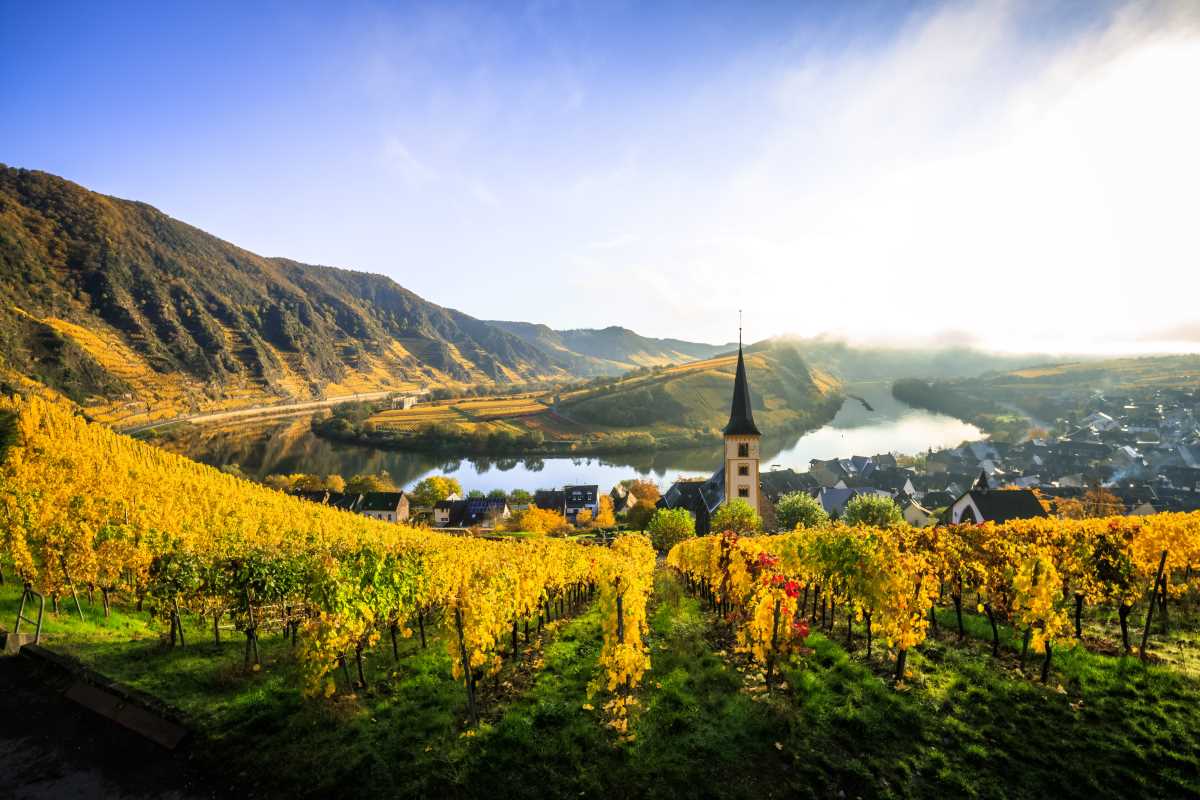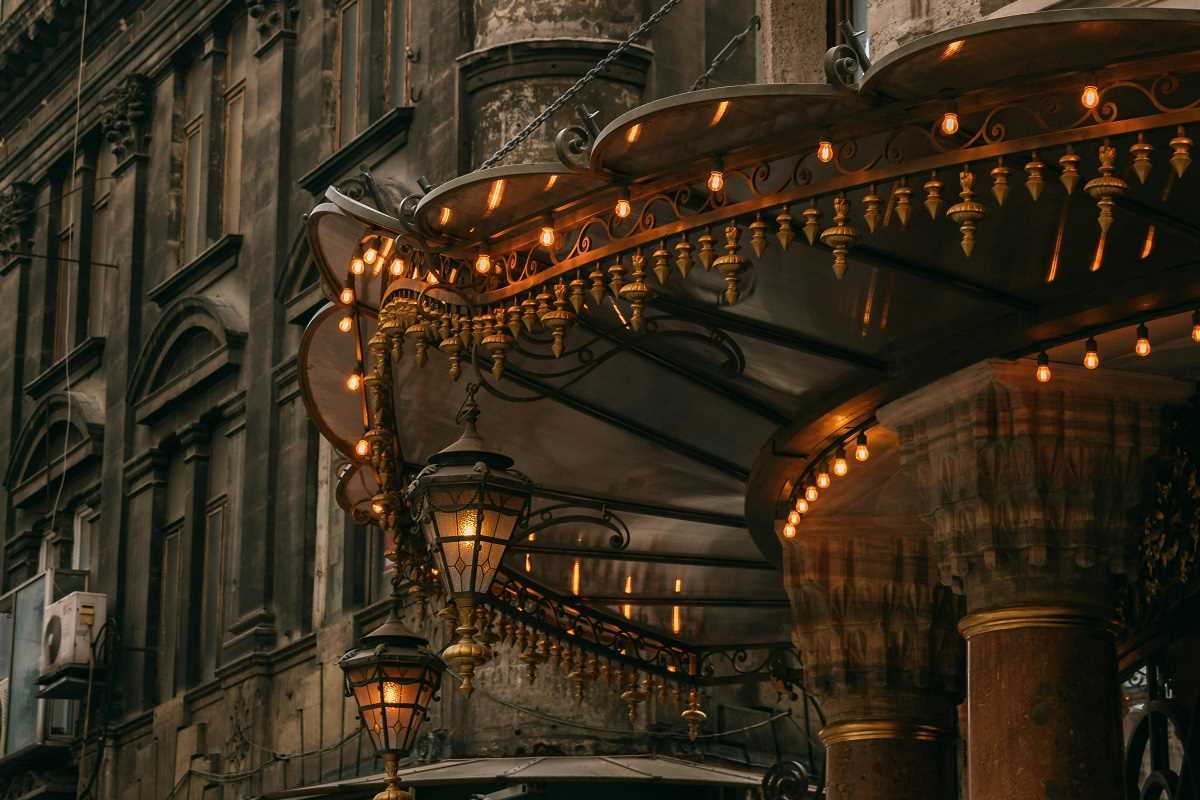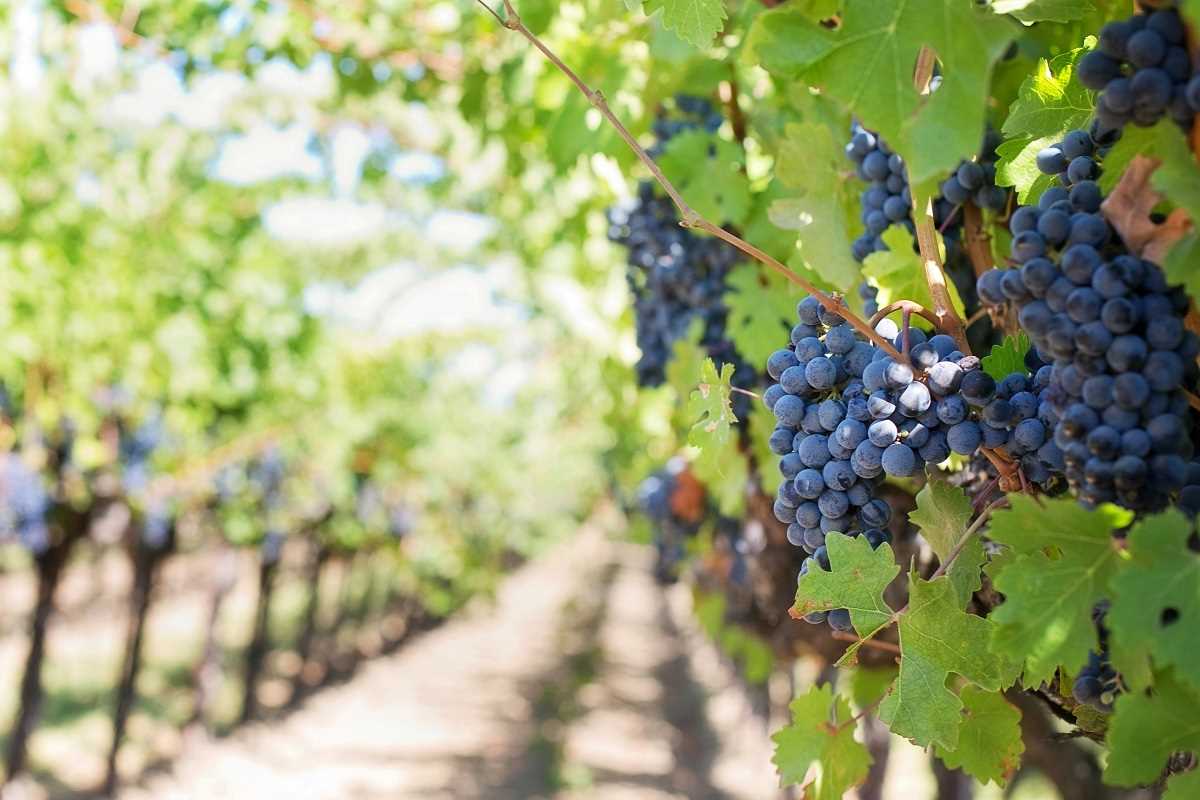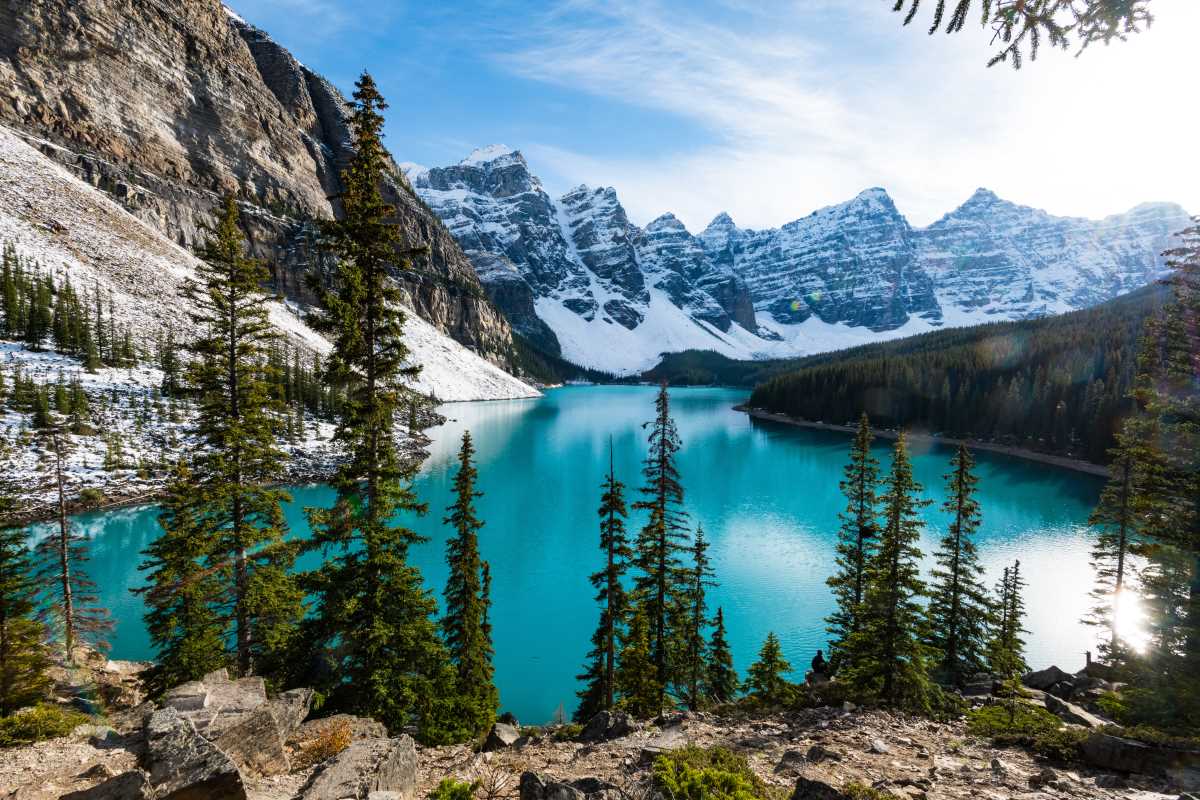Imagine trading your buzzing phone notifications for the sound of a crackling fire or swapping your crowded social feed for wide-open landscapes. That’s exactly what you’ll find in Scotland’s remote Highland bothies. These hidden shelters offer a chance to step away from the noise of daily life and reconnect with something simpler and more grounding. Located in some of the most breathtaking parts of the Scottish Highlands, bothies are a unique experience for adventurers seeking solitude, stunning nature, and a break from modern technology.
Bothies might not come with luxury accommodations or Wi-Fi connections, but that’s the beauty of it. Instead, they offer something much more valuable: the chance to unplug. Whether you’re a seasoned hiker or simply someone looking for quiet and inspiration, a visit to the Highland bothies promises an escape like no other. This guide will take you through everything you need to know about bothies, why they’re worth visiting, and how to get the most out of your adventure.
What Are Bothies?
Bothies are simple shelters, often abandoned cottages or small huts, scattered across the wild and remote parts of Scotland. These structures were originally built for farm workers, shepherds, and hunters but have since been repurposed into free overnight refuges for outdoor enthusiasts. Most bothies are maintained by volunteers from the Mountain Bothy Association (MBA), who work tirelessly to keep them accessible for those exploring the wilderness.
What makes bothies special is their simplicity. Unlike modern accommodations, they are typically stripped down to the basics:
- No electricity or running water
- No Wi-Fi or cell service
- No reservations needed (it’s first-come, first-served)
- No cost to stay
They’re often located in areas accessible only by hiking, which means getting to them can be an adventure in itself. But what they lack in conveniences, they make up for in charm and the sense of accomplishment you feel when you reach one.
Why Choose a Bothy Adventure?
A bothy adventure is about more than just staying somewhere off-grid. It’s about slowing down and rediscovering the joy of simple living. Here are some of the reasons people gravitate toward the bothy experience:
Escape from the Modern World
Bothies take you far from the distractions of daily life. Since you’ll likely have no cell service, you can fully disconnect, leaving behind your emails, notifications, and the constant hum of technology. It’s a rare chance to be fully present in the moment.
Connect with Nature
There’s no better way to immerse yourself in the beauty of Scotland’s Highlands than by spending time in its remote corners. Bothies are typically surrounded by stunning landscapes, from rugged mountains to serene lochs. At night, the lack of light pollution means you can stargaze like never before.
Affordable and Accessible Adventure
Traveling to remote areas can sometimes mean spending a lot of money on gear or accommodations. Bothies, however, are free to use, making them an affordable option for people looking to explore Scotland’s wilderness.
Build Resilience and Simplicity
Bothies force you to adapt to a pared-down way of living. With no creature comforts, you rely on yourself to make things work. It’s an empowering experience that helps you appreciate the simpler things in life.
Finding Bothies in Scotland
If you’re intrigued by the idea of staying in a bothy, the first step is finding the right one for you. Scotland is home to countless bothies, and each one comes with its own unique character. Here’s how to track them down:
Using the Mountain Bothies Association (MBA)
The MBA maintains over 100 bothies spread throughout Scotland. Their website and guidebook are excellent resources for learning where bothies are located and what to expect, including information about the condition of each structure and the difficulty of the surrounding hikes.
Start with Popular Destinations
If you’re new to bothies, starting with some of the more well-known locations can make your adventure easier. Popular bothies like Corrour Bothy in the Cairngorms or Shenavall Bothy near An Teallach offer stunning surroundings and relatively straightforward hikes.
Explore Remote Gems
For those craving solitude, Scotland’s more remote regions, such as Knoydart or the Sutherland coast, host hidden bothies that are harder to reach but worth the effort.
Bring a Good Map
Modern GPS devices are helpful, but a detailed map and compass should always be part of your toolkit. Many bothies are deep in the Highlands, far from marked roads or towns, and reachability may depend on unpredictable weather.
What to Expect at a Bothy
Staying in a bothy is an exercise in adaptability. Because these shelters are communal and rough around the edges, knowing what to bring and how to respect the space is key to enjoying your stay. Here are some things to keep in mind:
Facilities (or Lack Thereof)
Most bothies consist of only a few rooms with sleeping platforms, a fireplace, or a wood stove. You won’t find running water or electricity. Occasionally, there might be an outdoor toilet or simply a designated area for biodegradable waste.
First-Come, First-Served
Bothies don’t take reservations, so you can’t guarantee a spot. If the bothy is full, you might need a backup plan, like camping gear.
Sharing the Space
Bothies are shared by whoever arrives, which means you could be sharing with travelers from all over the world. This creates an opportunity to meet fellow adventurers, swap stories, and share meals.
Wildlife Encounters
Being far from civilization often means you’re sharing the land with wildlife. It’s not uncommon to spot deer, foxes, or even seals near coastal bothies. Always respect the animals by keeping a safe distance.
Packing for Your Bothy Adventure
To fully enjoy the bothy experience, you need to pack smart and prepare for the conditions. Here’s a general checklist to get you started:
Essentials
- Warm layers (the Highlands can get chilly even in summer)
- Sturdy hiking boots
- Waterproof clothing
- Sleeping bag and sleeping pad
Food and Cooking Supplies
- Non-perishable food (think pasta, rice, or canned goods)
- Portable stove and fuel (most bothies don’t have cooking gear)
- Enough water or a water filter for streams
Safety Gear
- Map, compass, and GPS device
- First aid kit
- Headlamp with spare batteries
Comfort Items
- A book or journal (perfect for unplugged evenings)
- Firestarter kit for the bothy stove or firewood if required
- Bin liners to carry out your trash







